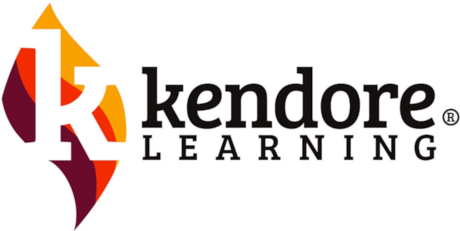Current research tells us that dyslexic students (or any students who struggle) need extensive repetition to cement concepts into memory. We also know that when students’ senses are engaged, repetition time can be substantially reduced. At Kendore Learning, we teach educators how to use multisensory games and activities to effectively teach literacy to dyslexic students as well as to typical learners.
On this page, you’ll find examples of fun and effective multisensory activities, with links to demonstration videos and game instructions.
Ghost/Cupid Poop Relay
Phonics review has never been so much fun! At Halloween time, kids love racing across the classroom with “ghost poop” as they practice literacy concepts. The game can be changed to cupid poop in February, leprechaun poop in March, and so on.
Download Ghost Poop Relay Instructions
Beach Ball Pass
Yes, you can play ball indoors! With Beach Ball Pass, students will have so much fun they’ll forget they are learning.
Download Beach Ball Pass Instructions
Phonemic Awareness Rhyming Cards
Rhyming is an important prerequisite reading skill. When children rhyme, they are manipulating oral language and developing phonemic awareness (awareness of sounds within language). This lays the foundation for written language/literacy development. In fact, studies show a correlation between early rhyming ability and reading preparedness.
Rhyming cards are presented two ways: 6 sets per page for classroom use and 6 different rhyming pairs per page for individual use. Download the whole set and print out the pages that work for your learning situation.
Chain ’em Up
This phonemic awareness activity requires no materials and can be played anytime, anywhere (even in line during fire drills, on the field trip bus, etc.)!
- Explain to students that they will create a word chain by listening to the beginning and ending sounds of words.
- Say a word (ex. cat) and have students repeat it slowly, emphasizing the ending sound.
- Ask students to think of another word that begins with the ending sound of the first word (ex. top).
- Continue adding more words to the chain (ex. cat — top — pin — nice — city — eat); have students repeat each word aloud.
NOTE: This is an oral, not a written task! Make sure students know they should identify sounds and NOT spellings. For instance, if the word is “base,” a correct next word would be “snake” or “city,” not “elephant.”

